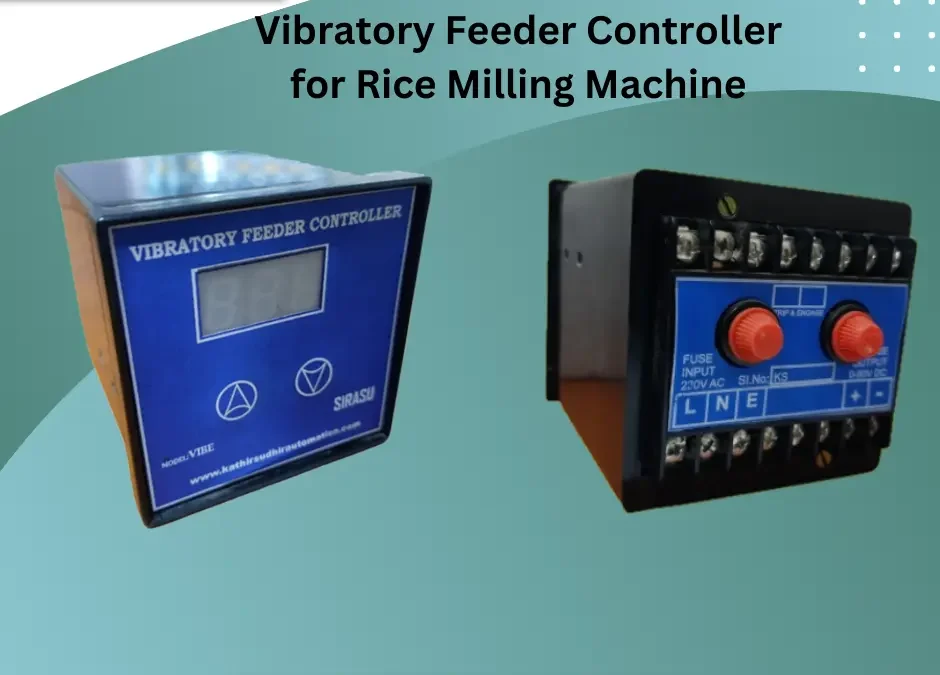In the dynamic landscape of industrial automation, the efficiency and precision of vibratory feeding systems play a pivotal role in achieving optimal production processes. The key to achieving this lies in the implementation of advanced technologies, and one such critical aspect is the Adaptive Vibration Intensity Control Algorithms. In this comprehensive guide, we delve into the intricacies of these algorithms and explore their applications in various industrial settings.
Understanding the Basics
Vibratory feeding systems have become indispensable in modern manufacturing, aiding in the precise movement and orientation of components. At the heart of these systems lies the vibratory feeder controller, a sophisticated device designed to regulate the vibration intensity and ensure smooth, reliable operation. The market offers a diverse range of controllers, each catering to specific industrial needs.
Keywords: Vibratory feeder controller, Vibratory feeder control unit, Vibrating feeder controller, Feeder controller for industrial use, Automatic feeder controller, Electromagnetic feeder controller, Digital vibratory feeder controller, Variable frequency feeder controller, Vibratory bowl feeder controller, Feeder system controller, Vibratory feeding system control, Parts feeder controller, Vibrating conveyor controller, Feeder controller circuit, Vibratory hopper feeder controller.
Adaptive Vibration Intensity Control

The term “adaptive” in Adaptive Vibration Intensity Control Algorithms refers to the system’s ability to adjust and optimize vibration levels based on real-time conditions. This dynamic adjustment ensures that the vibratory feeding system operates at peak efficiency, regardless of variations in the type, size, or weight of the components being processed.
Applications in Industrial Settings
- Precision Manufacturing
- The adaptive algorithms find extensive applications in precision manufacturing, where consistent and accurate component alignment is crucial for assembly processes.
- Electronics Assembly
- In the electronics industry, where delicate components must be handled with precision, adaptive vibration intensity control ensures damage-free handling and assembly.
- Automotive Production
- Automotive manufacturing relies on vibratory feeding systems for the assembly of various components. Adaptive control algorithms enhance the efficiency and flexibility of these systems.
- Pharmaceutical Industry
- In pharmaceutical manufacturing, where strict quality control is paramount, adaptive vibration intensity control contributes to the reliable and contamination-free handling of sensitive materials.
Choosing the Right Vibration Intensity Controller
When selecting a vibratory feeder controller, it is essential to consider the specific requirements of the application. Factors such as the type of feeder system, material characteristics, and production environment play a crucial role in determining the most suitable controller for the job.
Conclusion
Adaptive Vibration Intensity Control Algorithms have revolutionized the way vibratory feeding systems operate in industrial settings. The ability to dynamically adjust vibration levels ensures optimal performance across a wide range of applications, making these controllers an integral part of modern manufacturing processes. As technology continues to advance, the future holds even more promising developments in the field of vibratory feeder control, paving the way for increased efficiency and precision in industrial automation.

